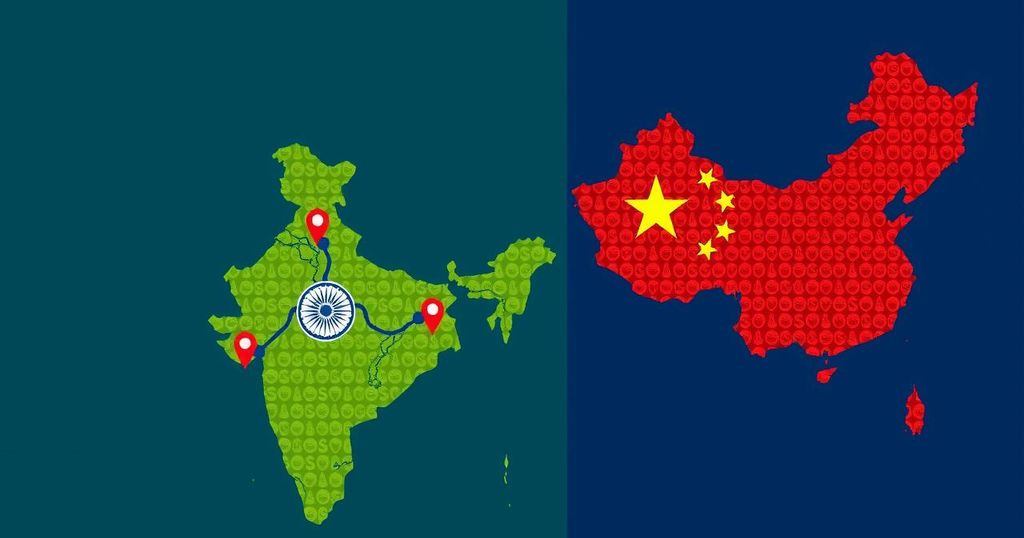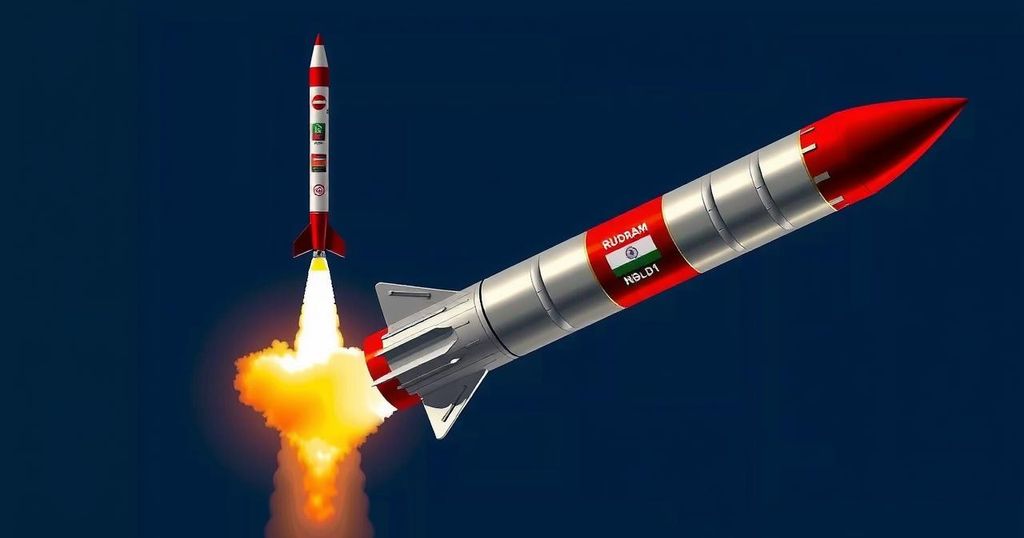Shifting Trends in Soybean Planting: Brazil’s Slowdown Versus Argentina’s Expansion
Recent developments in soybean planting trends in South America indicate a significant divergence between Brazil and Argentina. As reported by Bloomberg’s Clarice Couto, Brazil is experiencing a slowdown in soybean planting growth, attributed to a noteworthy tax change in the nation, which serves as the world’s largest exporter of soybeans. In stark contrast, Argentina is projected to witness a substantial increase in soybean cultivation, potentially marking the most considerable expansion observed in over a decade during the 2024-25 planting season.
Maximilian Heath from Reuters has detailed that Argentine farmers are likely to allocate more land for soybeans at the expense of corn. This strategic shift follows the devastating impact of a recent insect infestation on corn yields coupled with improved precipitation forecasts favoring soy cultivation. Analysts suggest that this trend may lead to an accelerated supply of soy on a global scale, especially given that soy prices are currently experiencing a downturn. Notably, Argentina remains the premier exporter of processed soy meal and oil worldwide.
On the other hand, Karen Braun of Reuters notes that Brazilian producers are facing challenges due to a significant decline in profit margins, rendering soybean cultivation less appealing than in previous years. As per insights shared by China’s COFCO International, Brazil’s soybean planting growth is expected to be the slowest in a decade. This projection aligns with observations made by the U.S. Department of Agriculture, showcasing a broader trend of diminishing profit margins for farmers within Brazil.
The landscape for soy planting in Argentina is evolving, with potential increases in soybean acreage driven by fears of another devastating infestation similar to the one that decimated the recent corn harvest. Cristian Russo, the head of agricultural estimates at the Rosario grains exchange, indicates that approximately 2 million hectares previously designated for corn may now be repurposed for soybean cultivation. Other farmers, such as Aníbal Córdoba, corroborate this trend, revealing intentions to decrease corn planting significantly and redirect that area toward soybeans.
This shift could result in an increase of almost 2 million hectares for soy, potentially positioning 2024-25 as a standout year for soybean production since historical increases logged in 2012, 2008, and 2003.
In Brazil, a slowdown in soybean planting growth appears inevitable as historical patterns suggest that significant growth typically occurs when global stocks are low. Data from Brazil’s statistics agency, Conab, reveal that recent years’ growth rates have fluctuated between 4.4% and 7%, contrasting sharply with lower rates observed from 2015 to 2020. Despite the slowdown, global soybean stocks are expected to swell, with USDA predictions indicating a record-high global stock of nearly 22 million metric tons compared to the previous year.
In conclusion, as Brazilian farmers prepare for the 2024-25 planting season, it is expected that the overall narrative will be shaped significantly by Argentina’s aggressive expansion in soybean cultivation amid Brazil’s growth stagnation. This juxtaposition will have profound implications for global soybean supply dynamics in the coming years.







Post Comment